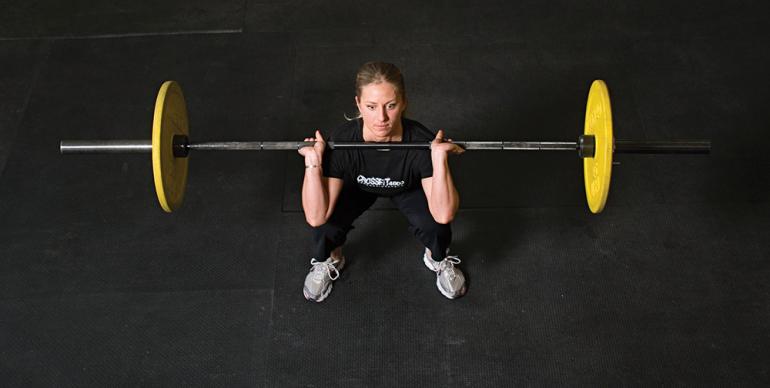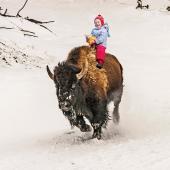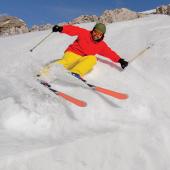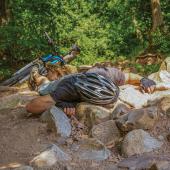Spring Strength
Transitioning back into trail shape.
As the snow melts and temperatures warm, we transition from skiing to trail running and hiking. When the trails dry out, people often make the mistake of returning to dryland activities with the same intensity and frequency with which they ended the previous season. In bad instances, this can result in a trip to physical therapy from overuse or trauma. It’s important to make sure your body is trained to the demands, such as navigating rocks, endurance for longer runs and elevation gains, and power and strength to tolerate repetitive loading. It’s key to train not only your cardiovascular system, but to focus on strength and power as well. Not only will this help prevent injury, but will also improve performance by training both your anaerobic and aerobic energy pathways.
Running has the highest prevalence of lower-limb overuse injuries in aerobic sports. This is because it requires increased dynamic stability throughout your core musculature down to your foot and ankle. Overall, the stronger you are, the more resilient your body is to load, and the less likely you are to sustain an injury. Therefore, emphasis should be placed on both strength training and plyometric movements. This combination targets training both slow- and fast-twitch muscle fibers, allowing for greater muscular endurance, and a faster pace overall. Major muscle groups to focus on include the gluteals, hamstrings, quadriceps, calves, and trunk (abdominals and back). An ideal program should include the following components:
Compound lifts. Exercises that recruit major muscle groups including the barbell back squat, front squat, deadlift, and bent-over row for total body strength and stability.
Single-leg exercises. Target muscles specific to trail running and hiking. Examples include weighted lunges (reverse, walking, lateral), single-leg Romanian deadlifts, rear-foot-elevated split squats, single-leg hamstring curls on a physioball or machine, and single-leg calf raises.
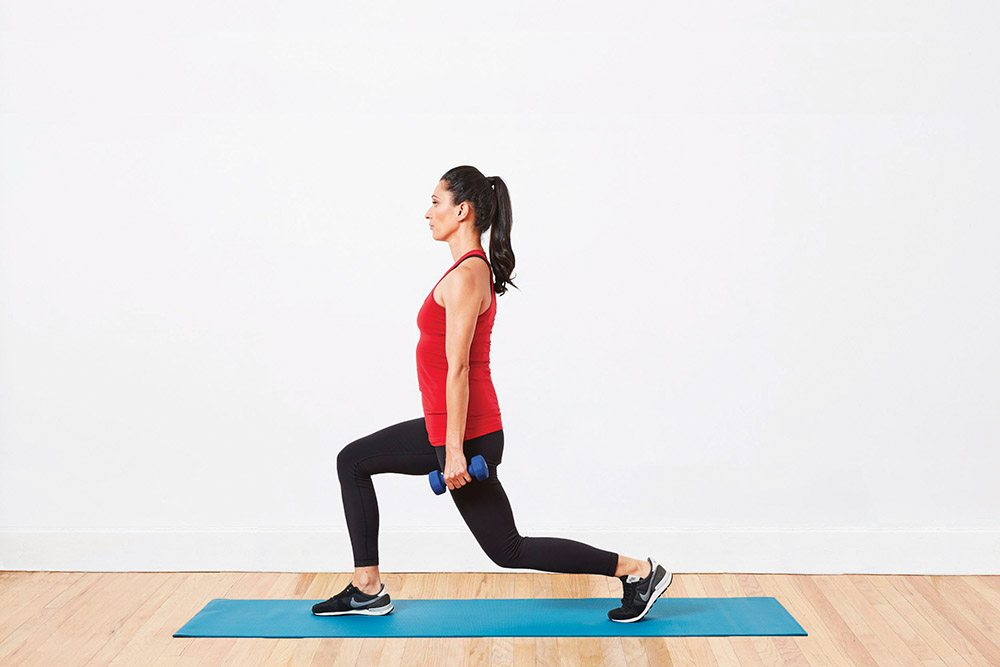
Plyometric/explosive. Build up your intensity with jumping lunges, box jumps—both double and single leg—lateral hopping, kettlebell swings, and hurdle jumps (forward, backward, and lateral).
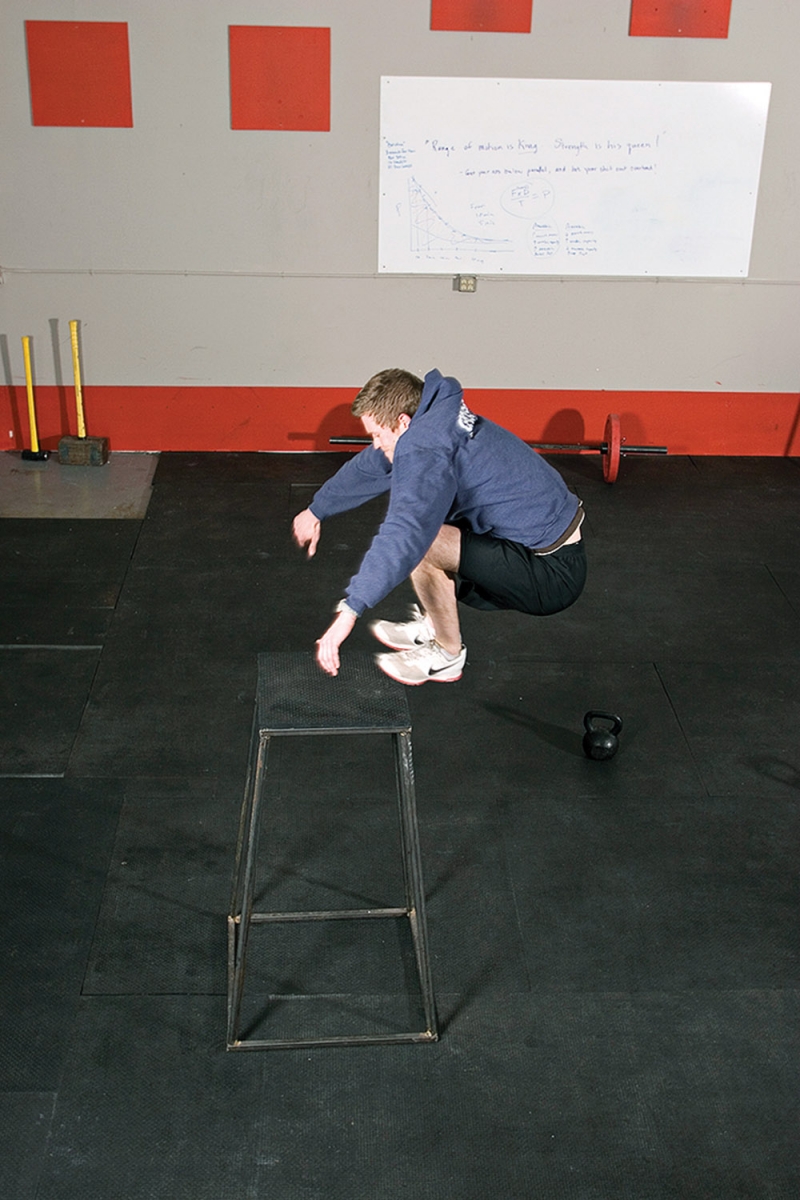
Core strengthening. Farmer’s-carry variations such as single-arm, asymmetrical (one arm overhead and one at side), or both arms at your side. Others include the Pallof press, plank variations (forward, reverse, side planks), dead bugs, Russian twists, and bicycles.
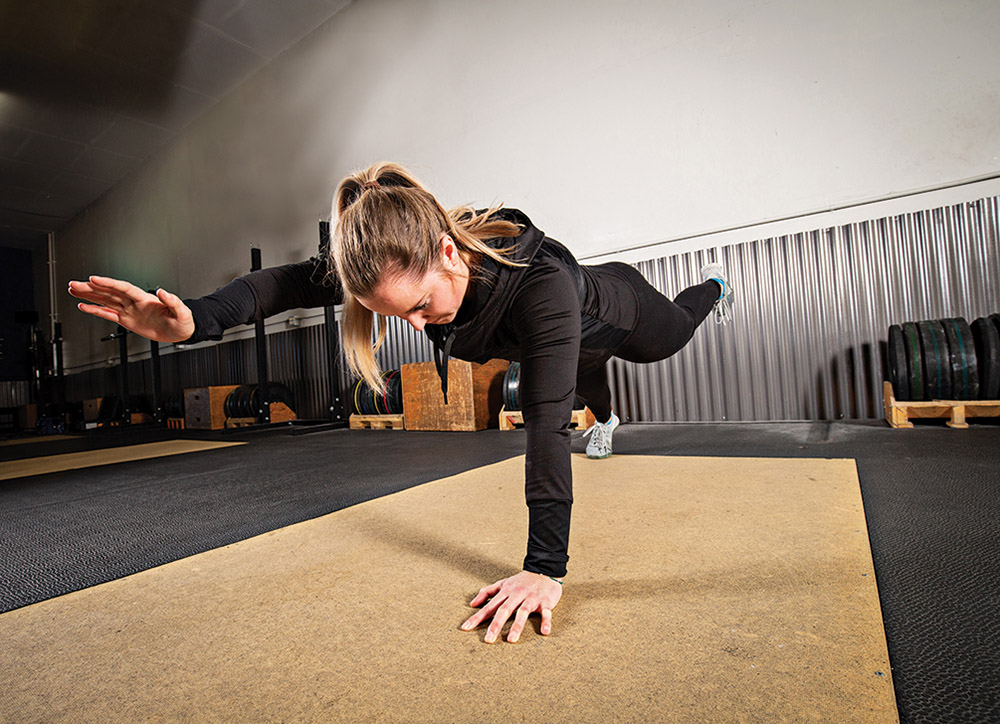
Along with progressive strengthening, gradual increase in mileage is also important when transitioning back to the trails. As previously mentioned, another high risk for injury is increasing your weekly or overall mileage too quickly. An appropriate increase of 10-15% per week is a good, safe progression for an injury-free trail running and hiking season. If you are dealing with an injury, however, or just looking to improve your performance on the trails, seeing a physical therapist can help you get back on the trails stronger than before.
Anna Bechtold, PT, DPT, OCS, is a board-certified orthopedic specialist at the APRS Physical Therapy West clinic, and an avid trail runner, hiker, and outdoor enthusiast.

